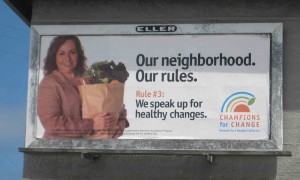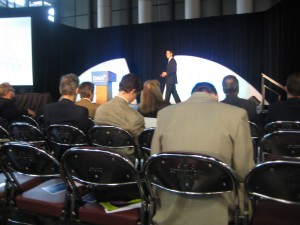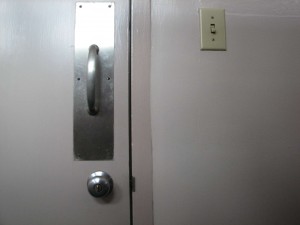
In an earlier post we talked about the problem of “we weing all over yourself”, letting a plural corporate voice take over your advertising to the exclusion of reader empathy and common sense. The billboard at left is a great example.
Here we have a public service campaign which has been running for awhile in California. The original headline for this was “My kitchen, my rules.” (Quite often rendered in other languages.) That is good and makes sense: a feisty mom stands her ground and insists on healthy choices in food for her family.
But now we have “our neighborhood, our rules.” Same picture but now she’s the spokesperson for an amorphous entity which might be vigilantes or a street gang. (The billboard was photographed near one of San Francisco’s more troubled housing projects.) A single mom is endearing, a mob is scary. Except that it’s not credible. I don’t buy for an instant the notion of these angry homemakers insisting that I will bow under their demands for healthy habits, or else.
The change in tense to the first person plural is, unaided, what causes the damage. It’s not the typical corporate chest pounding but more likely an aging campaign that got relegated to the creative farm team. But the effect is the same. Don’t we we on your own marketing like this.


